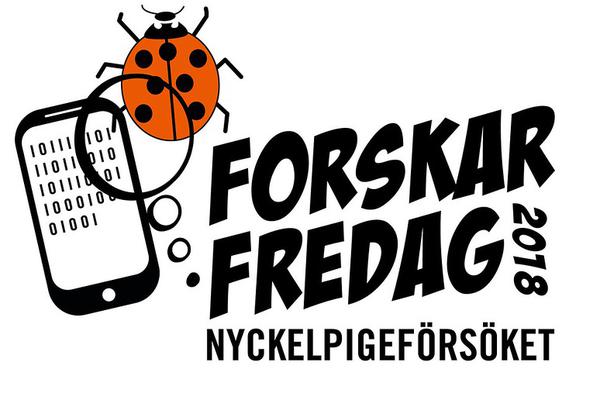The Ladybird Experiment - Nyckelpigeförsöket
from 01/06/2018 until 30/09/2018
Humans are affecting nature in different ways and threatening the crucial diversity of plants and animals. To know how to best to tackle the problem, we need more knowledge about what species can be found at different locations at different times of the year. Unfortunately, expert knowledge is often required to distinguish different species, and there are not enough experts to carry out the task themselves.
An app that automatically identifies different species would make the expert’s work a lot easier, as well as enable ordinary people to help investigate ways to protect our planet’s plants and animals.
In the Ladybird Experiment school pupils and volunteers across the whole of Sweden helped collect photographs of ladybirds in the wild and submitted these to a database. The images were then used to train the artificial intelligence.
Participants used a smartphone or tablet, a simple macro lens for taking pictures, and a specially developed app. Photos were taken during the late summer and early autumn.
The Ladybird Experiment was a joint initiative between the Swedish Museum of Natural History, the IT company Savantic and the civil society organisation VA (Public & Science). The experiment was run as part of ForskarFredag – the Swedish events during the European Researchers’ Night.
Aim
The aim of the Ladybird Experiment was to train and create an app that could recognise over 60 species of ladybirds found in Sweden and educate pupils and create interest in biodiversity and nature in Swedwen.
Needed equipment
The only thing you needed to take part was a smartphone or a tablet with a camera function.
About branding
Profile image design by: Public & Science Sweden
Logo design by: Public & Science Sweden
Created March 24, 2020, 6:01 a.m.
Updated Jan. 15, 2025, 10:41 a.m.

